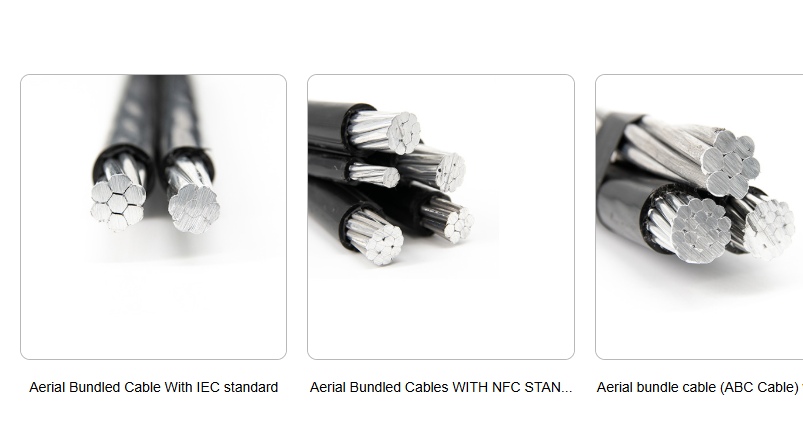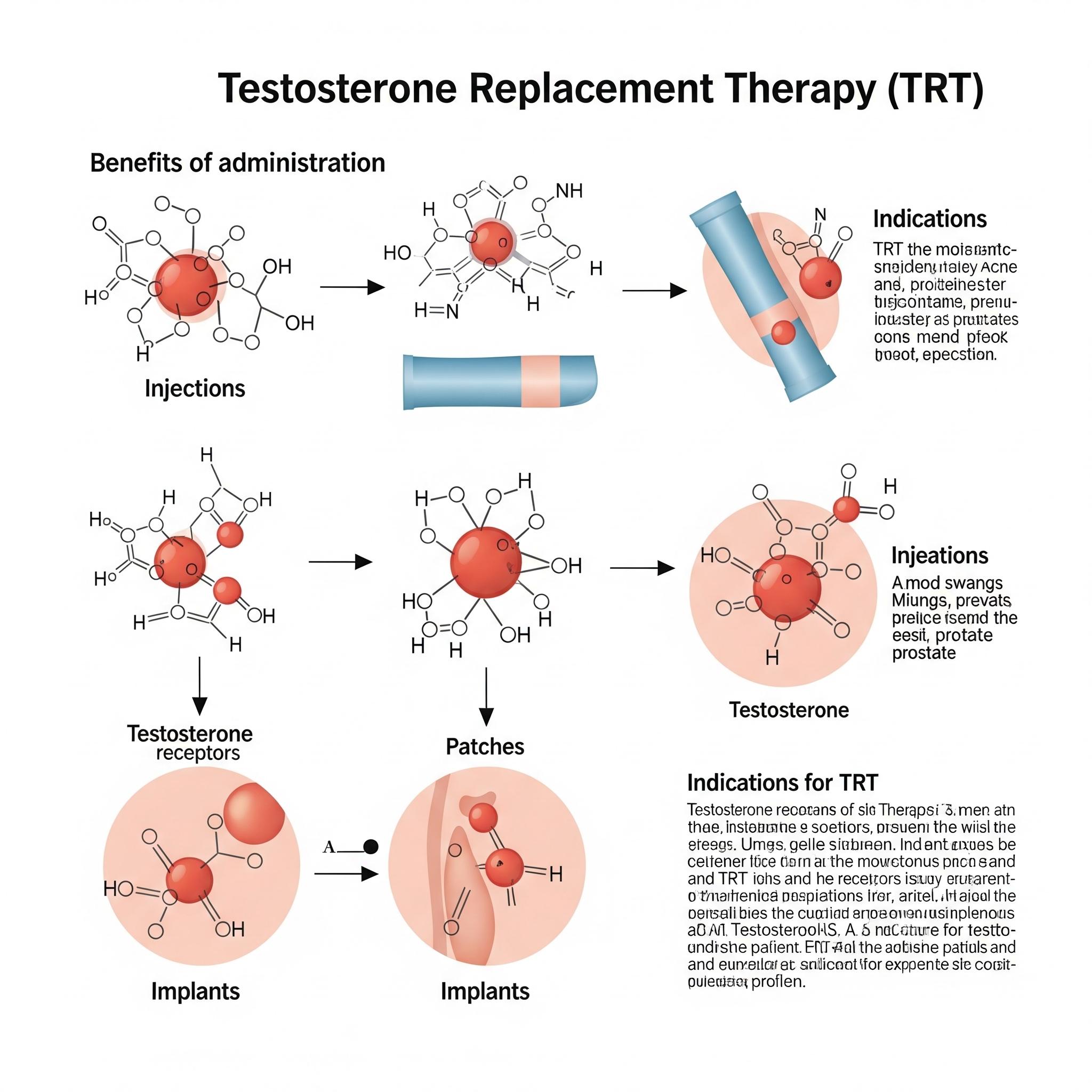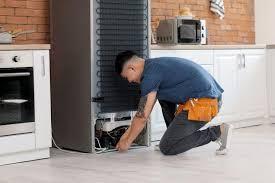Sponsor
Overhead Cable Comparison Guide by hnbfpower for Reliable Power Lines

Overhead cables are essential for modern power distribution systems. They transmit electricity efficiently across cities, rural areas, and industrial zones. Choosing the right overhead cable can affect safety, cost, and performance. In this guide, hnbfpower compares different types of overhead cables, their specifications, and advantages, to help you make the best decision for your power projects.
1. Types of Overhead Cables
Overhead cables come in several forms depending on structure, material, and usage.
A. ACSR (Aluminum Conductor Steel Reinforced)
-
Structure: Aluminum strands around a steel core
-
Feature: High tensile strength, ideal for long spans
-
Use: Transmission lines and high-voltage power networks
B. AAAC (All Aluminum Alloy Conductor)
-
Structure: Made from aluminum-magnesium-silicon alloy
-
Feature: Better corrosion resistance than ACSR
-
Use: Coastal or industrial regions with corrosive environments
C. AAC (All Aluminum Conductor)
-
Structure: Pure aluminum strands
-
Feature: Lightweight, high conductivity
-
Use: Short-distance low and medium-voltage lines
2. Technical Comparison
| Property | ACSR | AAAC | AAC |
|---|---|---|---|
| Material | Aluminum + Steel | Aluminum Alloy | Aluminum |
| Strength | Very High | Medium | Low |
| Conductivity | Moderate | High | Very High |
| Corrosion Resistance | Moderate | Excellent | Moderate |
| Weight | Heavier | Medium | Light |
| Applications | Long spans | Coastal areas | Urban networks |
hnbfpower provides each of these types, designed to meet specific environmental and electrical needs.
3. Key Specifications to Consider
When selecting an overhead cable, it’s important to evaluate:
-
Conductor Size: Determines current-carrying capacity
-
Voltage Rating: Choose based on network level (low, medium, high)
-
Temperature Rating: Higher ratings mean better heat tolerance
-
Mechanical Strength: Important for long-span installations
-
Corrosion Resistance: Vital in coastal or polluted regions
hnbfpower cables are designed and tested according to international standards to ensure durability, conductivity, and mechanical strength.
4. Advantages of Overhead Cables
Efficient Power Transmission
Overhead cables carry electricity over long distances with minimal losses.
Cost-Effective Installation
Compared to underground cables, overhead systems are easier and cheaper to install.
Easy Maintenance
Faults in overhead lines can be quickly identified and repaired.
Durability and Strength
Cables like ACSR and AAAC from hnbfpower are built for harsh environments and long lifespans.
Scalability
They can be easily upgraded or extended when the demand for electricity increases.
5. How to Choose and Buy the Right Cable
Step 1: Assess Your Requirements
Determine voltage level, line length, and environmental conditions.
Step 2: Compare Cable Types
Use the above comparison to match cable properties with your project needs.
Step 3: Consult with hnbfpower Experts
The hnbfpower technical team can recommend the most efficient and cost-effective solution based on your specifications.
Step 4: Verify Quality Standards
Ensure the cables meet IEC, ASTM, or other relevant international standards.
Step 5: Place Order and Arrange Delivery
hnbfpower provides complete delivery support and quality assurance, ensuring your project runs smoothly.
Conclusion
Selecting the right overhead cable depends on the balance between strength, conductivity, and cost. ACSR cables offer high tensile strength, AAAC provides corrosion resistance, and AAC ensures top conductivity. With hnbfpower’s expertise and quality manufacturing, you can rely on performance-driven cables suitable for all environments.
By understanding comparisons, specifications, and advantages, you can make the best investment for efficient and reliable power transmission.






